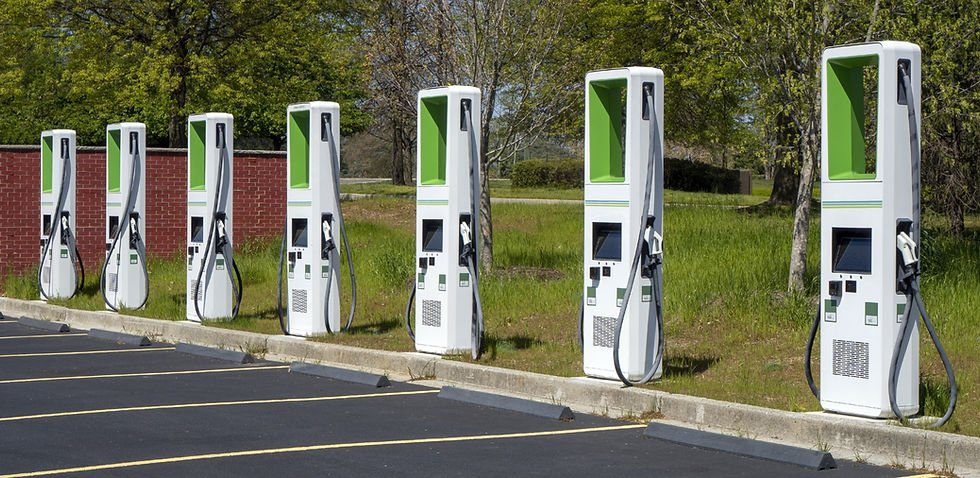Four Observations from Three Conferences
- Rich Overmoyer

- Dec 7, 2022
- 3 min read
Updated: Jun 28, 2024
I enjoyed meeting and re-meeting lots of people at the City, Nation, Place conference in London, the Association of Metropolitan Planning Organization conference in Minneapolis, and the Council of State Community Development Agencies conference in New Orleans. A few things stood out as I reflected on the variety of conversations I had with a diverse set of folks.

1. We will be using our outdoor voices more often - The urge to get outside that grew exponentially during the pandemic is not letting up. Communities around the world are seeing strong demand for increased outdoor recreation assets and public leaders are agreeing to invest. Outdoor recreation serves both residents and visitors, and new investment can focus intentionally on equity and inclusivity while also encouraging us to rebuild our social skills. Trails are especially on the minds of professionals I’ve met from the travel and tourism, transportation planning, and community development sectors. You can see some of Fourth Economy’s work on this topic here and read an article that we are featured in here.

2. There is a lot more empathy in the field - My team’s focus on identifying community and economic disparities is no longer on the leading edge and I couldn’t be happier. Economic developers are talking about turning down corporate expansion deals because the jobs ‘were just not good enough’, and community development professionals are working to blend funding streams to provide greater benefits for people at risk of displacement. Additionally, I’ve heard policymakers prioritize their most vulnerable residents before creating their budgets. A silver lining of the pandemic is a desire to abandon the status quo. As such, we are currently updating our Equitable Community Development Toolkit to adapt to and include what’s been learned over the past two years.
3. Mid-size and larger cities may never be the same - Many small communities were able to navigate the pandemic with periodic impact but managed to avoid the sustained impact seen in mid-size and larger communities. In smaller communities, workers were able to continue in-person work while also occasionally electing remote and hybrid work options. In larger communities, however, workers demanded remote work policies en masse and have opted to forgo the daily commute at significant levels. As a result, there is a lack of people in many downtown districts. Community leaders are realizing the effects of this shift and are looking to identify ways to reactivate their downtown areas. The Pittsburgh Downtown Partnership is leading on this issue.

4. Electric Mobility is here, for some - The National Electric Vehicle Infrastructure effort added to the wave of electric mobility efforts that many states and regions were already advancing. I have spoken to people throughout the country who are doing exciting and innovative work that parallels California’s leadership in environmental transformation. Additionally, as we recognize that upper-income households have mostly benefited from access to electric vehicles, conversations on equity rise to the forefront. This aligns well with our focus on making the electric mobility planning process much more inclusive.
What conferences have you enjoyed this year? How have the effects of the COVID-19 pandemic, equitable development, remote work, and the push for environmentally friendly transportation shaped these conversations? Certainly, they have shaped the work of the Fourth Economy team. Interested in learning more about our past and current work? Explore our projects here.



